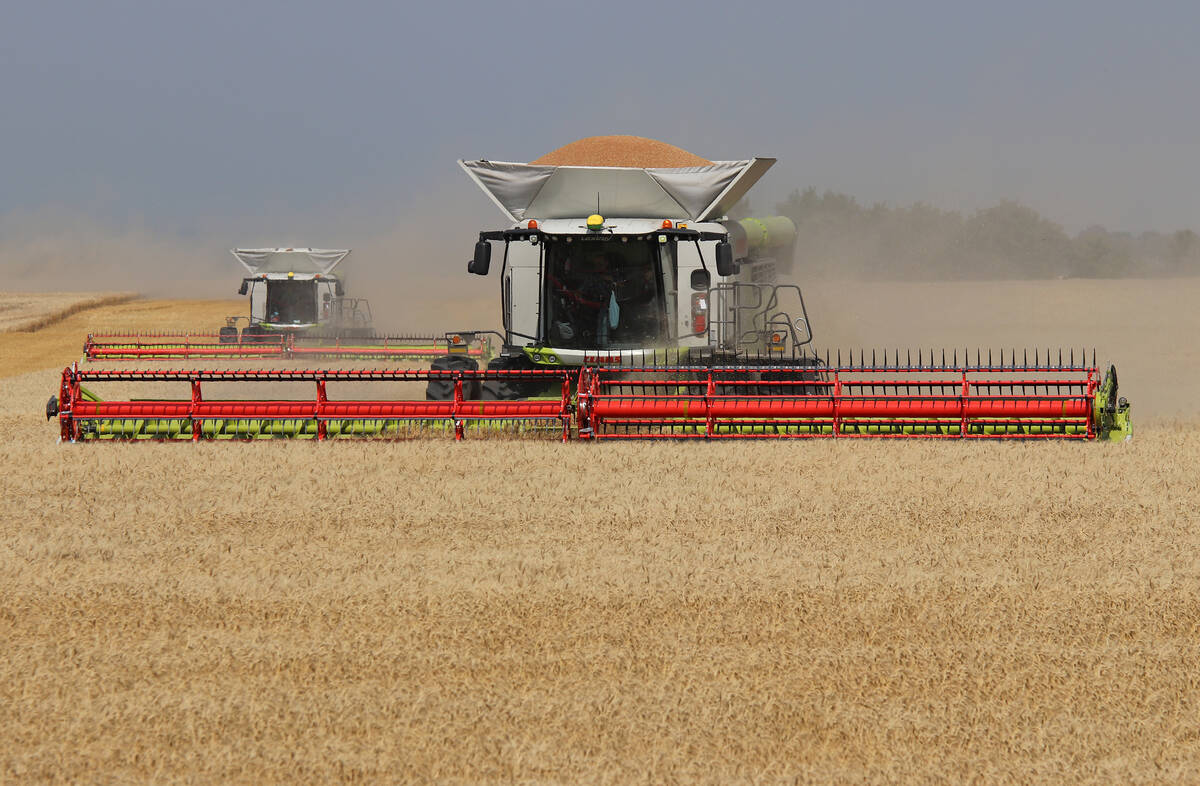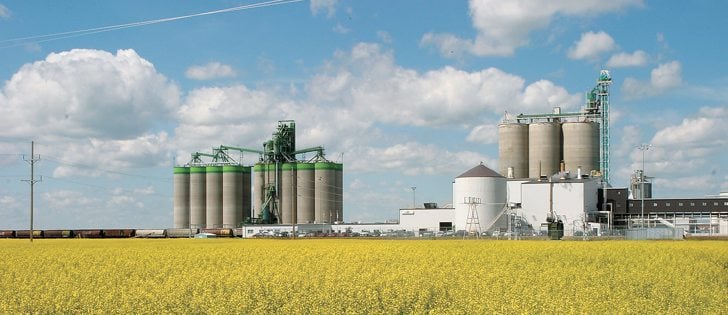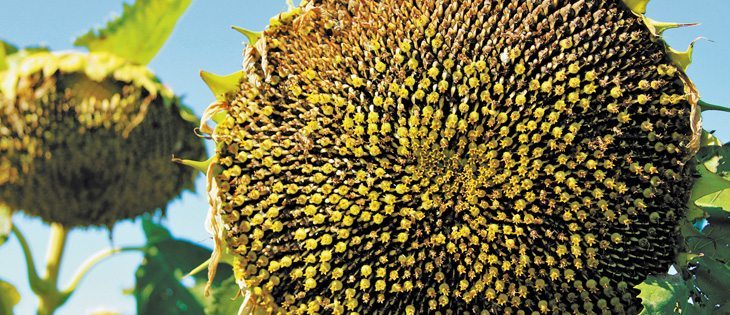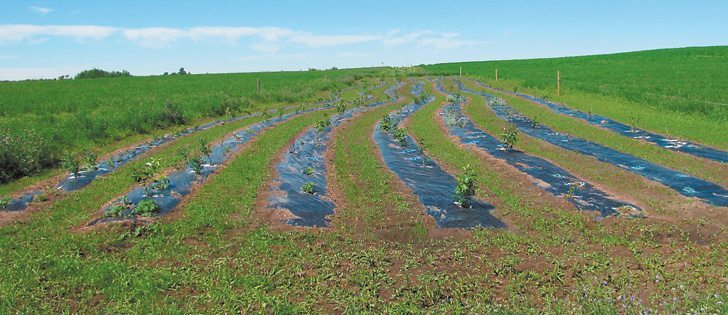Crop Production Week | Expert says biodiesel sector will keep prices from falling too far
Farmers should strongly consider marketing a portion of next year’s crop at today’s new crop canola bids, says an independent market analyst.
Greg Kostal, president of Kostal Ag Consulting, has a sinking feeling about where markets are heading.
“The speed of supply change is accelerating more than the speed of demand change,” he told growers attending the canola portion of Crop Production Week.
“A year from now expect prices to be lower.”
Kostal thinks growers should take a hard look at new crop bids in the $10.50 to $11 per bushel range. If that number produces an acceptable profit for their operation, they should consider committing 10 to 20 percent of their 2012 crop.
Read Also

China’s grain imports have slumped big-time
China purchased just over 20 million tonnes of wheat, corn, barley and sorghum last year, that is well below the 60 million tonnes purchased in 2021-22.
“All things being normal, I think canola is going to trade at $9 per bushel in this upcoming year,” he said.
The problem doesn’t lie with canola, which continues to experience phenomenal demand growth. However, canola values can’t stray too far from soybeans and Kostal firmly believes soybeans peaked at $14 per bu. and are heading down toward $9.
Global supplies of almost every crop seem to be expanding with each World Agricultural Supply and Demand Estimates report released by the U.S. Department of Agriculture. Wheat supplies are as comfortable as they’ve been in a long while.
U.S. soybean exports have been sluggish, leading to expectations for higher ending stocks. Three-quarters of Argentina’s soybean crop received a meaningful shot of rain last week to help ease dryness concerns in that key production area.
Markets are becoming more comfortable with supplies at a time when importers are having difficulty securing affordable credit from banks because of global financial instability.
Kostal has charted nearby canola futures dating back 30 years and noticed a pattern. Prices tend to move in two-year cycles. They’ll trend up for a couple of years, then down for a couple and then sideways for two years. He thinks we’ve entered the down trend.
“Boy, this is ominously suspicious to replicating what has happened in the previous cycles,” he told growers.
Rallies are still possible. Markets will react to dryness concerns, the pending U.S. acreage battle and other drivers, but the general outlook is bearish.
There will have to be some big North American weather scare to get things moving back in a bullish direction.
The good news is that global biodiesel capacity far exceeds production. At some point, falling oilseed prices will trigger increased demand from the biodiesel sector, establishing a price floor for crops such as soybeans and canola.
“That’s the fundamental reason why canola should not go back to $5 or $6 per bushel again,” he said.
The other good news is that it is still a demand-pull market for canola. Canadian crushers are keenly interested in the crop as evidenced by the narrow basis levels that have been around for a long time.
Kostal expects crushers to process seven million tonnes of the commodity in 2011-12.
He also sees a strong future for specialty canola, which he expects to reach four million acres by 2014-15, up from an estimate of slightly less than 2.5 million acres in 2011-12.
However, he wonders how long the premiums will last once the crop faces competition from high oleic soybeans in two or three years.
















